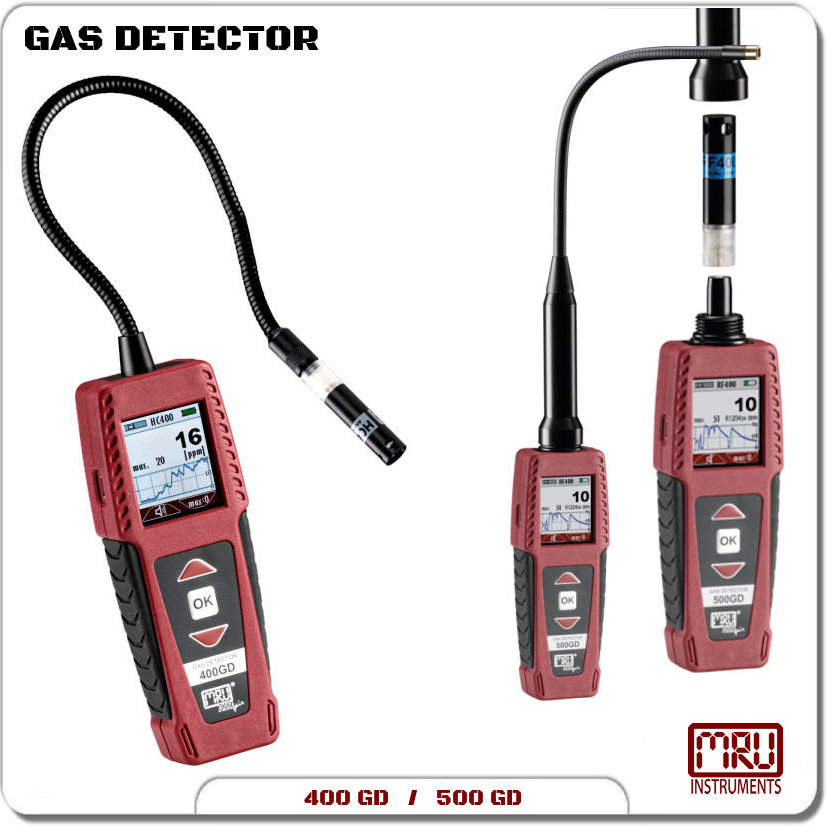
There have been gas detectors for as long as individuals have known about the harmful impacts of gases in bound spaces. At the beginning of mining, a long time before the improvement of electronic sensors, canaries were utilized. They were taken underground in confines and on the off chance that they quit singing or kicked the bucket, the excavators would be cautioned. We’ve made some amazing progress since the nineteenth and mid-twentieth hundreds of years. Presently gas identification techniques are significantly more exact – and substantially less hurtful to creatures.
How does a gas detector work?
Gas detectors utilize a sensor to gauge the grouping of specific gases in the air. The sensor fills in as a kind of perspective point and scale, creating a quantifiable electric flow when a compound response brought about by a particular gas happens. The sensor will screen these flows and alert the client when the presence of gas moves toward a sum that is unsafe. Early instruments were made to recognize only one gas yet presently they can gauge a few without a moment’s delay – most ordinarily, oxygen (O2), combustible gases or fumes (LEL), hydrogen sulfide (H2S), and carbon monoxide (CO). These are 4-gas identifier screens, the base necessities set out by SOLAS Regulation XI/1-7.
- The sensor: Most versatile gas detectors utilize a pellistor/synergist globule LEL sensor. To work precisely, it requires at least 10% oxygen in the climate to keep away from the development of tar and unburned fuel on the enacted ring. Replacing can be an expensive cycle that will avoid the finder with regard to activity, so you likewise need additional instruments to ensure you’re covered while the maintenance work is being completed. Different parts like backdrop illumination screens and sound alarms will start to foster blames as well so keep identifiers all around kept up with.
- Calibration: Pellistor sensors can be harmed by numerous things, including the gases they’re recognizing. Polluted sensors may not enlist perilous gas levels and will turn out to be bit by bit increasingly slow inert over the long haul. Their exhibition relies upon exhaustive testing utilizing adjustment and knocks testing to ensure they’re continually estimating the right measure of gas to guard sailors and vessels.
